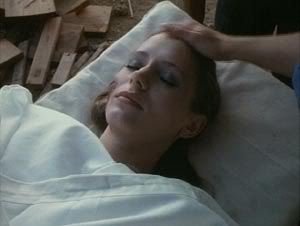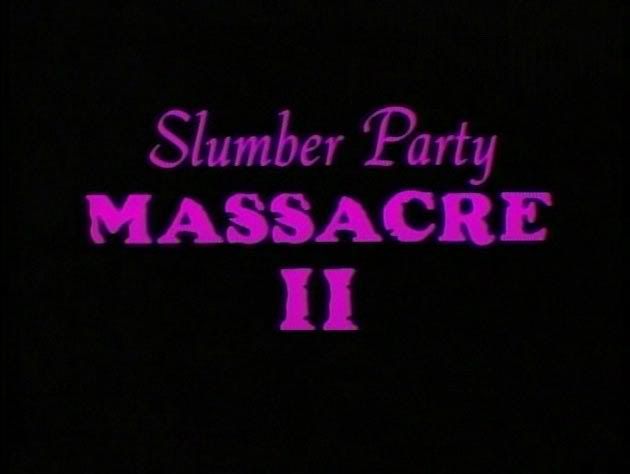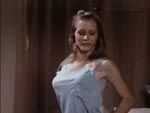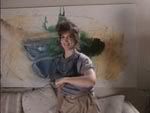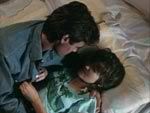There is a theory in Hollywood that the last 10 minutes of a movie are by far the most important for its overall success. The argument goes that a mediocre film can be saved by a memorable conclusion, while a disappointing ending can easily derail an audience’s appreciation of an otherwise great film. The reason for this is simple—many people are linear thinkers who base their judgments solely on their most recent experiential data. Ask them what they thought of a film and they’ll base that judgment on how they felt when they walked out at the end. Even if they sat bored for the first 80 or so minutes, it’s the rush of excitement they remember from the last 10 that will cause them to praise the picture and—vice versa—cause them to denounce a film with an unsatisfactory climax that they otherwise enjoyed.
It is for this reason that any filmmaker who employs the infamous “It was only a dream!” device, no matter how cleverly or innovatively they do so, ultimately dooms their work to popular failure. Over the years audiences have come to think of this ending as a hackneyed rip off and as a result are inclined to revolt against it and any film it appears in—no matter what the context or how it is employed.
The best example of this is the vehement reaction Cameron Crowe’s Vanilla Sky engendered during its 2001/2002 holiday release. As documented by Chuck Klosterman in his essay “The Awe-Inspiring Beauty of Tom Cruise’s Shattered, Troll-like Face” (from his book Sex, Drugs, and Cocoa Puffs), audience members walked out of the movie visibly hostile in a way that bore no relation to the quality of the film they just sat through. “…[I]n the parking lot outside the theater, I overheard one guy tell his girlfriend he was going to beat her for making him watch this picture,” he writes in stunned amazement. A well-made film filled with excellent performances (I personally have never found Penelope Cruz more enchanting) that features at least one truly amazing sequence (Cruise’s desperate jog through a deserted Times Square), the reaction the film received ultimately had everything to do with its final few minutes, in which we learn that everything we have seen has been the computer-programmed dream of a man in cryogenic stasis in preparation for his rebirth in an unknown future. Having primed viewers to expect a more complex explanation for its events, the film’s creative variation of “It was only a dream”—alongside its refusal to show the future world it alluded to—alienated viewers to an extreme degree. I strongly suspect that if the Brothers Medved had conducted a poll that year, the movie would have easily made the list of the worst films of all time, even though it wasn’t even the worst film released that particular weekend.
I mention this as a way to explain why the utterly harmless and fitfully amusing sequel to the subject of my previous DVD Horror Movie Index was only until very recently ranked as one of the IMDb’s Bottom 100 rated movies. Rather than enjoy it as an entertaining—if also occasionally cheesy—comedy nightmare, most people upon seeing it choose to dismiss it as nothing more than a weird/stupid slasher movie with the lamest of all possible endings.
I am, of course, talking about:
